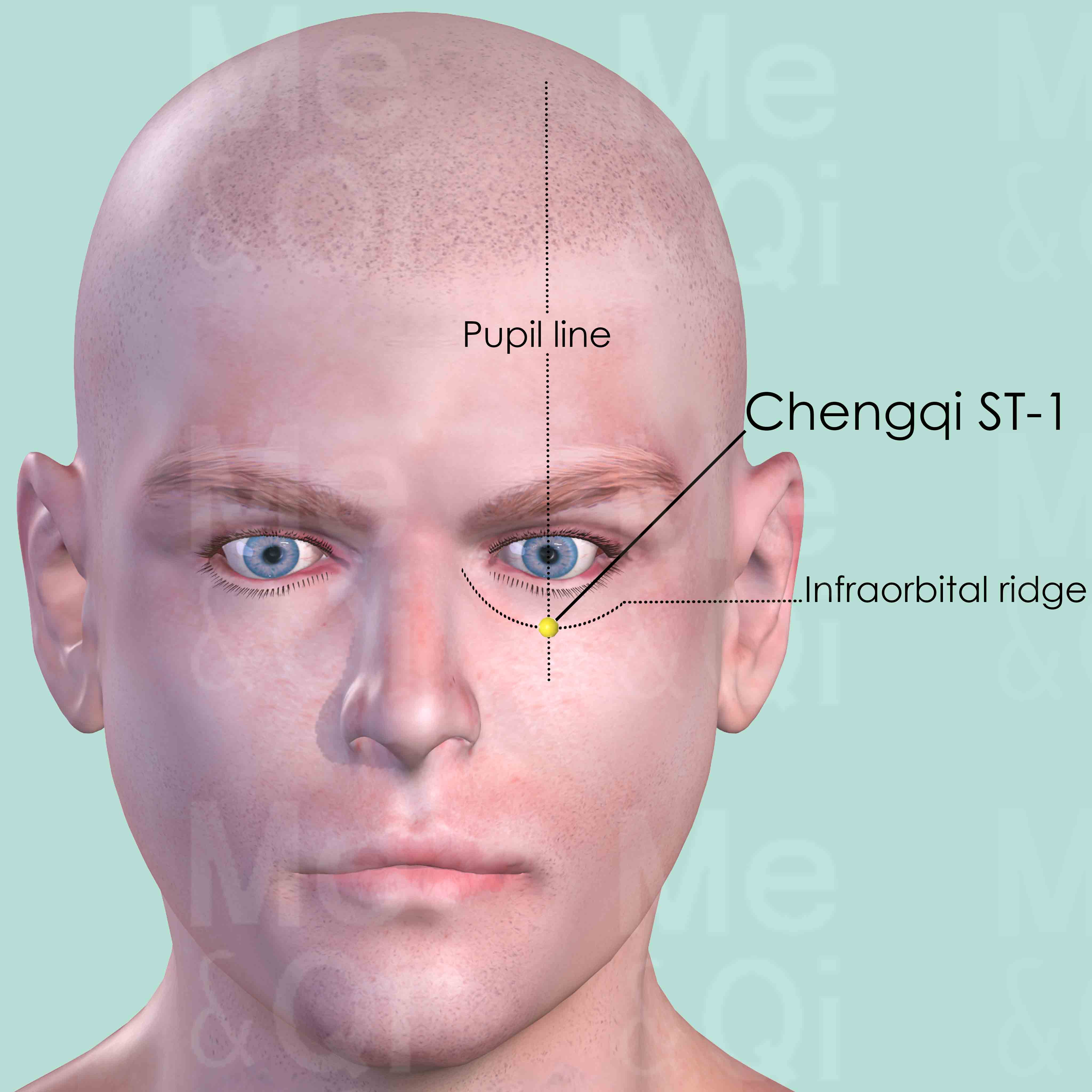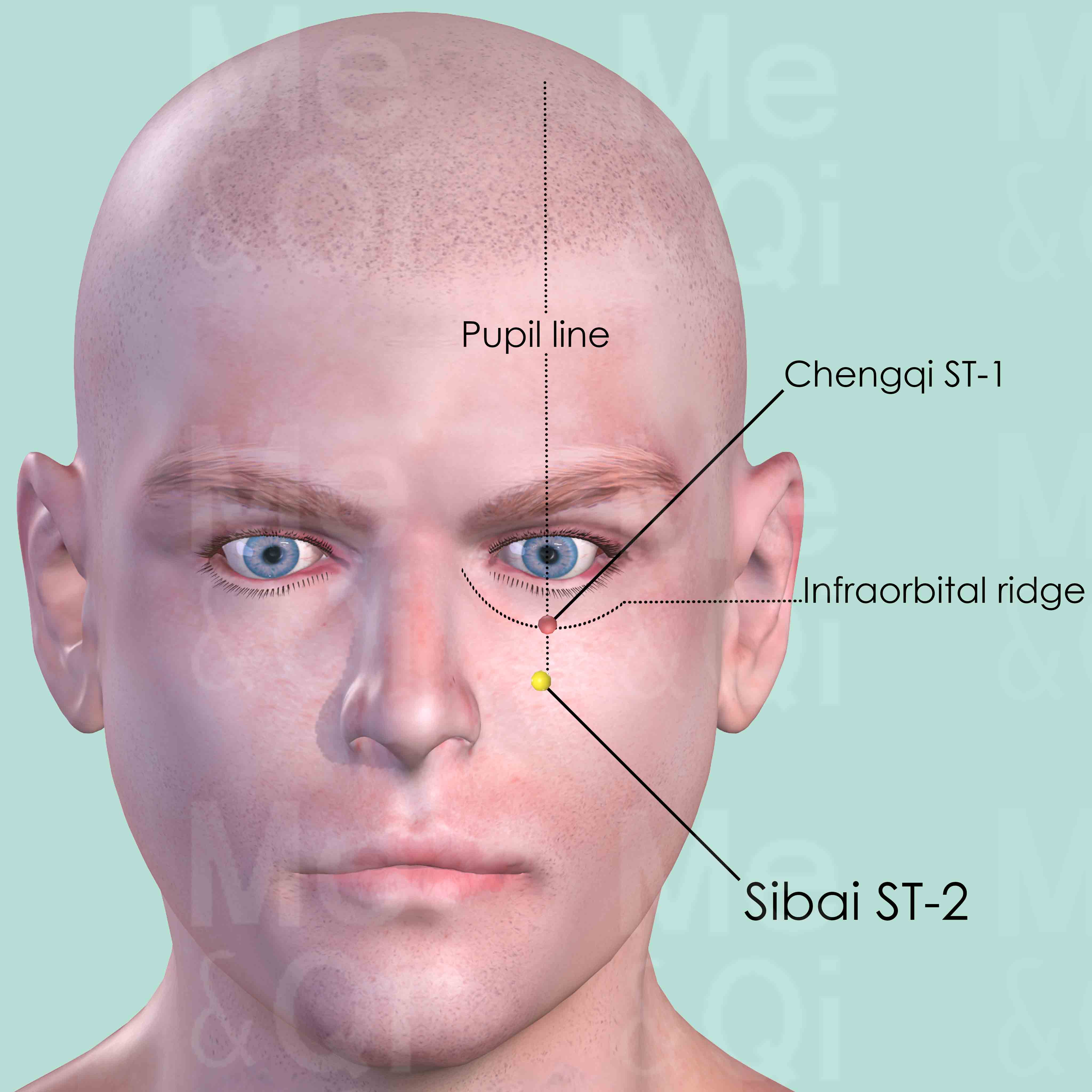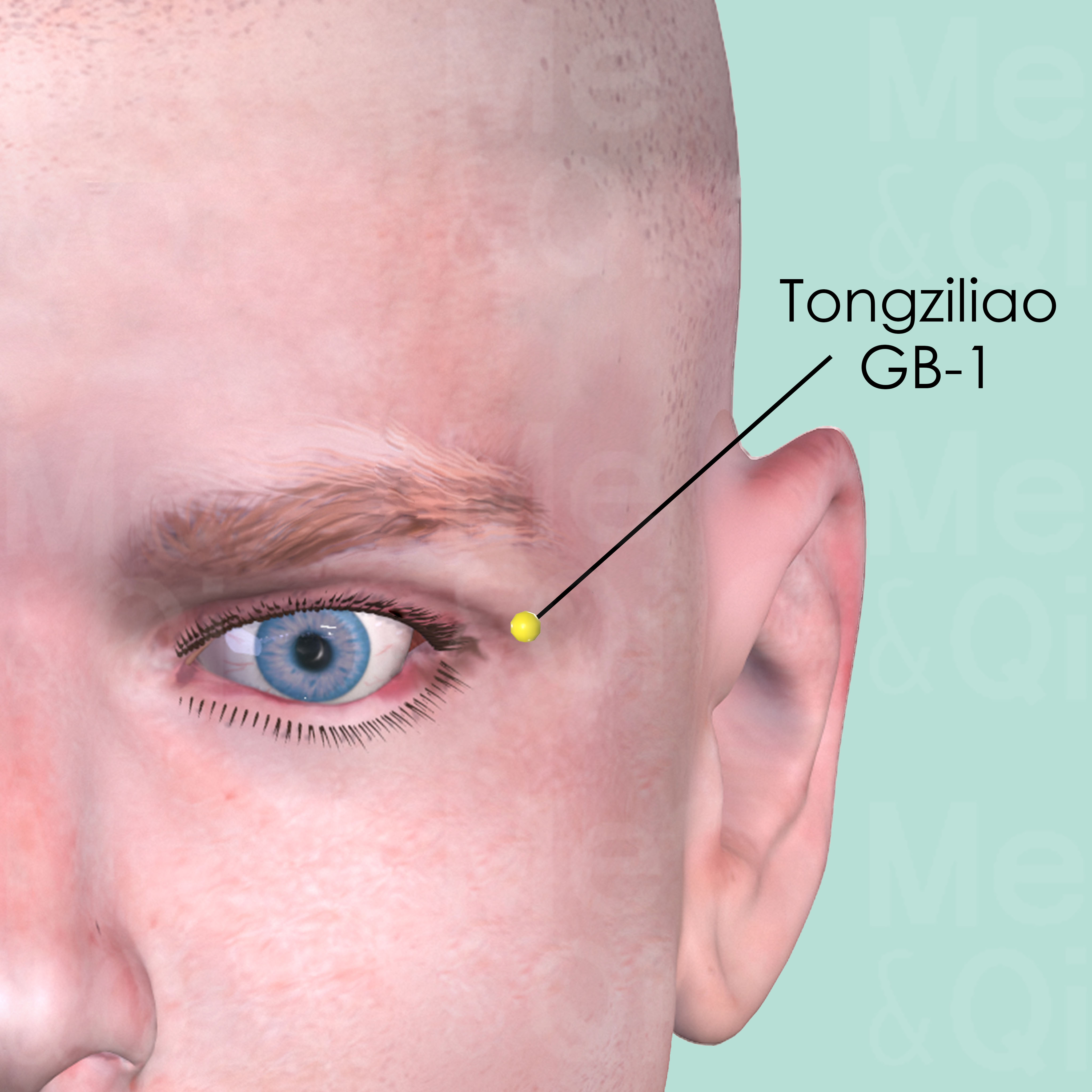Keratitisaccording to TCM
Symptom families: Eye Disorders and Symptoms, Corneal Disorders
Sub-symptom(s): Purulent Keratitis
Did you mean? Corneal Ulcers
What is Keratitis?
Keratitis refers to the inflammation of the cornea, the clear dome that covers the colored part of the eye. This condition can be caused by infections, injury, environmental factors, or underlying diseases. Symptoms often include pain, redness, blurred vision, light sensitivity, and the feeling of having something in the eye.
Keratitis can lead to serious complications, including vision loss, if not treated promptly and effectively. Subtypes of this condition, such as purulent keratitis, involve more specific symptoms and causes, typically related to infection.
How does TCM view Keratitis?
Traditional Chinese Medicine (TCM) approaches keratitis not just as an isolated eye problem but as a manifestation of broader systemic imbalances. In TCM, the health of the eyes is intimately connected to the Liver, which stores Blood, and the Kidneys, which house Essence.
Therefore, issues like keratitis are often seen as indications of disharmony in these areas. TCM emphasizes restoring balance through holistic treatment, integrating dietary changes, herbal medicine, and acupuncture to treat both the symptoms and the root causes of keratitis.
Causes of Keratitis According to TCM
In TCM, keratitis is often associated with Liver Heat, as the Liver is directly linked to eye health. When Liver Heat is excessive, it can manifest as inflammation in the eyes.
Another common pattern is Wind-Heat, where external pathogenic factors invade the body and affect the eyes, leading to symptoms like redness, pain, and swelling. Understanding the underlying TCM patterns is crucial to formulating an effective treatment strategy. By addressing these imbalances, TCM aims to relieve the symptoms of keratitis and restore overall health.
TCM Herbal Formulas for Keratitis
For treating keratitis, TCM practitioners may recommend specific herbal formulas based on the diagnosed pattern. Ba Wei Di Huang Wan, featuring Prepared Rehmannia, is commonly used for Kidney Yang Deficiency. This formula helps to nourish and balance Yin and Yang energies, essential for eye health.
In cases of Exterior Cold invading the Interior, Da Huang Fu Zi Tang, with Prepared Aconite, warms the Interior and dispels Cold. Additionally, Wu Mei Wan, including Chinese Plums, is suitable for expelling parasites and treating patterns like Terminal Yin stage, often linked to chronic eye issues.
Explore below some TCM herbal formulas used to address keratitis, organized by formula type.
- By Formula Type
- Formulas that nourish yin and tonify
- Formulas that warm and purge
- Formulas that expel parasites
- Formulas that clear wind-Cold
Formulas that nourish Yin and tonify
Keratitis can be treated by these formulas when it arises from a deficiency in Yin energy, needing nourishment and strengthening of the body's vital essence.
One such formula is Ba Wei Di Huang Wan, with prepared rehmannia as a key herb.
Formulas that warm and purge
Keratitis can be treated by these formulas if it stems from cold accumulation coupled with excess conditions, necessitating warming and purging actions.
One such formula is Da Huang Fu Zi Tang, with prepared aconite as a key herb.
Formulas that expel parasites
Keratitis can be treated by these formulas when it is caused by parasitic infections, requiring anti-parasitic herbs to eliminate the parasites.
One such formula is Wu Mei Wan, with chinese plum as a key herb.
Formulas that clear Wind-Cold
Keratitis can be treated by these formulas when it stems from external pathogenic influences characterized by cold and wind symptoms.
One such formula is Da Qing Long Tang, with ephedra as a key herb.
Acupoints for Keratitis
Acupuncture is another integral part of TCM treatment for keratitis. Points like Chengqi ST-1, located between the eyeball and the infraorbital ridge, are used for their Heat-clearing and Wind-expelling properties. Sibai ST-2, found below Chengqi ST-1, is also effective in expelling Wind and clearing Heat, directly benefiting eye health.
In the Gall Bladder Channel, Tongziliao GB-1, located lateral to the outer canthus, is known for clearing Heat in the eyes and subduing Liver Yang. These acupoints are selected based on their specific actions that correlate with the underlying causes of keratitis in TCM theory.
Explore below some acupoints used to address keratitis, organized by meridian.
- By Meridian
- Stomach Channel
- Gall Bladder Channel
TCM Herbs for Keratitis
Explore below some TCM herbs used to address keratitis, organized by herb category.
- By Herb Category
- Herbs that clear heat and purge fire and/or clear summer heat
- Tonic herbs for blood deficiency
- Herbs that warm the interior and/or expel cold
- Herbs that stabilize and bind
- Warm/Acrid herbs that release the exterior
Herbs that clear Heat and purge Fire and/or clear Summer Heat
Keratitis can be treated by these herbs when it arises from excessive internal heat or fire, aiding in cooling the body and balancing internal temperature.
One such herb is Climbing Groundsel Herbs (Qian Li Guang), which is directly recommended for keratitis.
Tonic herbs for Blood Deficiency
Keratitis can be treated by these herbs in cases of blood deficiency, working to nourish and replenish the body's blood supply.
One such herb is Prepared Rehmannia (Shu Di huang), a key herb in some formulas recommended for keratitis, like Ba Wei Di Huang Wan.
Herbs that warm the Interior and/or expel Cold
Keratitis can be treated by these herbs if it is due to internal coldness or deficient Yang energy, working to warm the body and dispel cold.
One such herb is Prepared Aconite (Zhi Fu Zi), a key herb in some formulas recommended for keratitis, like Da Huang Fu Zi Tang.
Herbs that stabilize and bind
Keratitis can be treated by these herbs if it is caused by a leakage of bodily fluids or energies, helping to consolidate and preserve the body's essential substances.
One such herb is Chinese Plums (Wu Mei), a key herb in some formulas recommended for keratitis, like Wu Mei Wan.
Warm/Acrid herbs that release the Exterior
Keratitis can be treated by these herbs when there is a need to dispel external cold and warm the body, especially in cases where there is insufficient Yang energy internally.
One such herb is Ephedra (Ma Huang), a key herb in some formulas recommended for keratitis, like Da Qing Long Tang.



